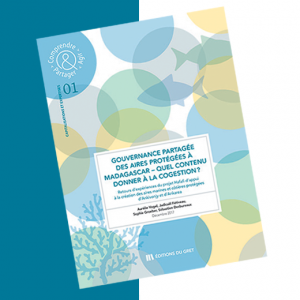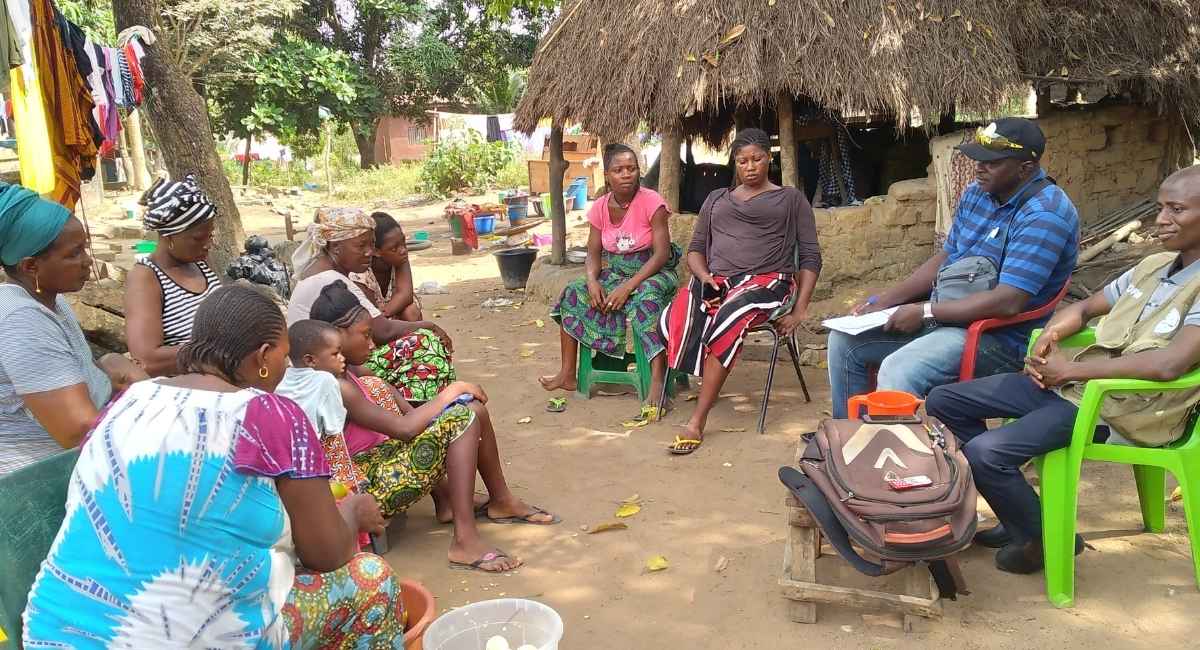Based on feedback from a project implemented in Madagascar, in January last, GRET published a work focusing on the joint governance of marine and coastal protected areas.
Led by GRET from 2013 to 2017, the Hafafi project (Biodiversity, development and local governance: towards a model for new marine and coastal protected areas in Madagascar) (in French only) aimed to support the implementation by NGO Wildlife Conservation Society (WCS) of co-management with “local communities” of two marine and coastal protected areas in Ankarea and Ankivonjy, in the province of Diana, in the north-west of Madagascar.
These are two category V protected areas, according to classification by the International Union for Conservation of Nature (IUCN), which recognises the role played by populations living within and around protected areas in management of landscapes and sustainable use of resources. According to their definitive decree of establishment (2015), co-management of these areas is “collaborative” in nature, i.e. identified as a form of “joint governance”, within the Malagasy legal framework, similarly to the majority of protected areas created between 2005 and 2015 in Madagascar, with a view to putting the “Durban Vision” into practice. The latter was formulated in 2003 and aimed to triple the number of protected areas.
To demonstrate the gaps between words, perceptions and practices, and understand their significance, GRET published a work in its “Comprendre, agir et partager” collection entitled “Gouvernance partagée des aires protégées à Madagascar : quel contenu donner à la cogestion ?” (“Shared governance of protected areas in Madagascar: which content for co-management?” – in French only). This capitalisation work was conducted based on literature reviews, field studies and discussion workshops. It is broken down into four parts:
- a review of literature on natural resource decentralisation policies (with particular focus on transfers of natural resource management and forest management contracts for grass-roots communities) and presentation of the legal landscape regarding conservation in Madagascar;
- a description of co-management by stakeholders;
- presentation of strategies for concrete involvement of populations;
- avenues for action to improve governance.
This work intends to answer the following questions: to what extent are the populations in marine protected areas supported by the Hafafi project involved in decision-making and management of the protected area? What are the benefits – expected by the various stakeholders – of local populations’ participation in governance of the protected area and its management? What are the goals of the stakeholders making up the “community”? For which results? Lastly, what lessons can we draw from current experiences to improve governance of protected areas in Madagascar?
A “chameleon” approach
“Joint” governance remains a “chameleon” approach, in that it changes direction according to the entity that uses it, covering multiple configurations regarding distribution of power, given that in this case governance refers to regulation of access to protected natural resources. The Malagasy legal framework regarding natural resource management is incomplete, has loopholes, is sometimes contradictory and does not facilitate clear ownership of the roles and attributions of all involved (the decrees of application of the management of protected areas code, revised in 2015, have not yet been published). Although this lack of clarity makes it possible to avoid, in the short term, divisive situations, it becomes a handicap in the medium and long term, when no one is capable of defining what direction to take; it can even become a source of conflict. There are therefore many forms of strategies for involving populations in the management of these areas, and the various forms are often specific to each protected area promoter.
Illustrating the challenges of community participation in the creation and co-management of a marine protected area by an NGO to which the State has entrusted the responsibility of creating a protected area, and an association representing the said community (the emergence of which does not necessarily respond to local issues regarding improvement of resource governance), the avenues for improvement envisaged in this document focus on clarification of the objectives and methods of “joint” governance, on community representation calibrated to be in line with management objectives (by exploring organisational models other than that of an association, to give new meaning to structures representing local communities), and on support methods (positioning of local teams, learning through action, searching for common definitions).






